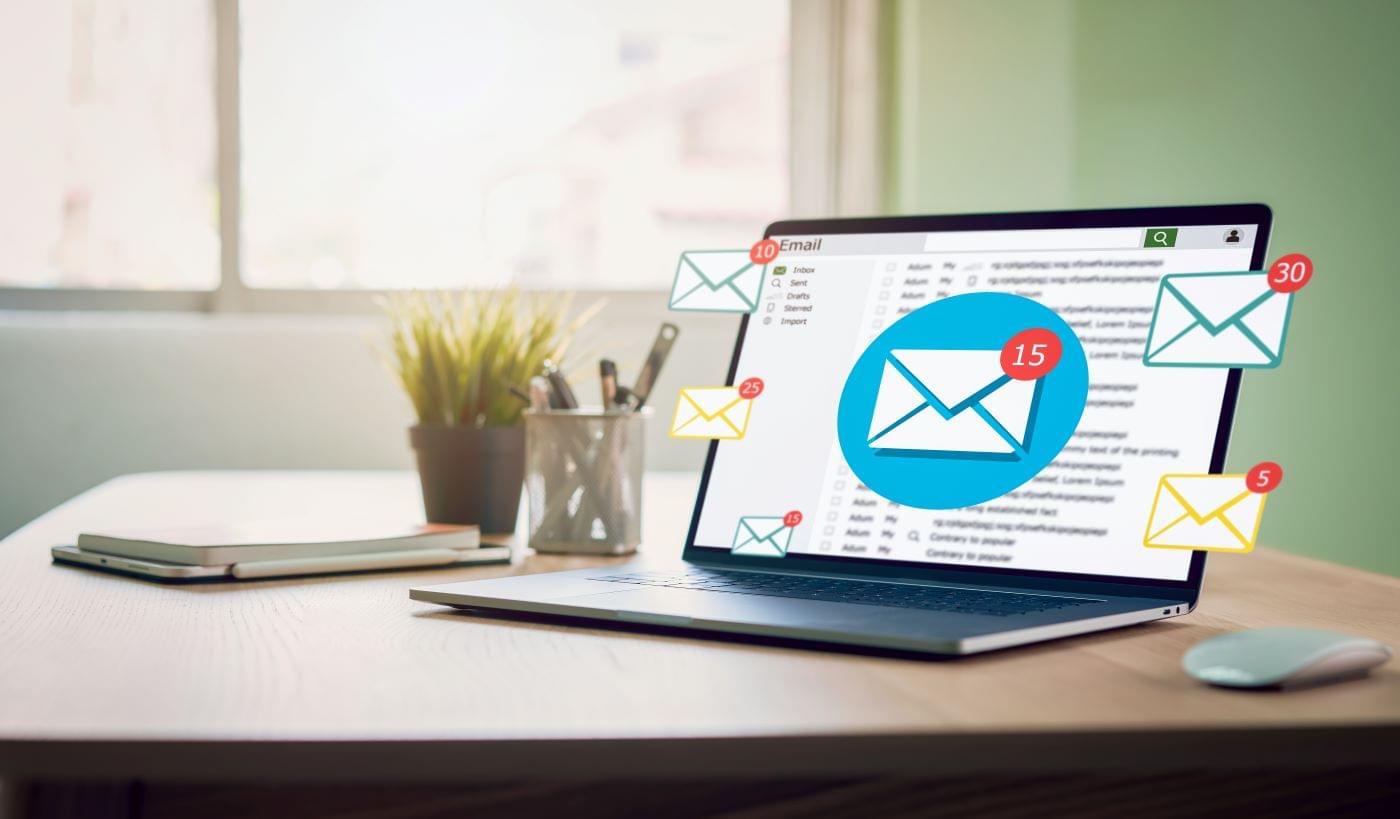The number of emails B2B buyers get can seem overwhelming. Overall, consumers receive over 306 billion emails per day. Despite this, email marketing continues to work for many companies, influencing their buyers and providing a great return on investment (ROI). In fact, approximately 59% of people have made purchases based on marketing emails they received.
So, how are these companies cutting through cluttered inboxes to get their messaging in front of potential buyers?
Test, Test, Test
Not all email audiences are the same, so marketers have to test their emails in order to see what generates the most engagement for them. Email marketers that test their email programs can see up to a 28% increase in ROI. Many email marketing tools offer A/B testing features that let you test subject lines, send times, images, and calls to action to help you find out what works best. Remember to only test one variable at a time, or you won’t know which change is responsible for the impact.
In addition to testing different variables, you should also send test emails to yourself and a colleague before sending an email to a wider audience to ensure all buttons and links work correctly, and you haven’t forgotten any key elements. This will also be a good way to see if you have any words in your subject line that may make the email go to the recipient’s spam folder.
Optimize for Mobile
Approximately 41% of email impressions come from mobile devices. That means if you’re not optimizing your content for mobile viewing, your emails aren’t going to be as effective. Make sure each of your email components is responsive, so they adjust to the size of the screen that they’re appearing on. You don’t want your readers to have to scroll sideways to get the full picture because they likely won’t.
Within your email marketing platform, there should be an option to preview your email as if it were appearing on a mobile device. If not, send a test email to yourself and open it on your phone. See how it looks, and make sure all of the buttons work correctly.
Segment Your Lists
Not everyone in your audience should get the same emails. As part of your overall marketing strategy, you should have created some buyer personas. Use these to segment your audience lists to send highly relevant emails to each category. For example, if your company specializes in HR software, your email audience might include recruiters, payroll specialists, and benefits administrators. While the payroll specialists won’t care about how your software makes it easier to enroll employees in healthcare coverage, they will be interested in your automated payroll features.
Segmenting your email list keeps your audience engaged because they’re always getting the content that’s most relevant to them. If they know an email contains valuable information, they’re more likely to read it, and their trust in your brand will grow, keeping you top of mind when they’re ready to make a purchase.
Personalize Where Possible
Personalization is an easy way to make your email subscribers feel like you care about them. By adding their name to the subject line or within the body of the email, it gives the illusion that you’ve created this email specially for the recipient, even though they likely know you haven’t. Buyers want to feel important to the brands they purchase from because it gives them a sense of the service they’ll get if they need it.
Personalization at scale is easy with most email marketing tools. You can insert a dynamic tag that often looks something like [FIRST NAME] (but may vary depending on your email platform), and it will automatically fill in the recipient’s first name. You can also do this with company names and other data fields you collect from your subscribers, maximizing the personalization of your emails. Just make sure you test these fields before sending the emails to ensure they autofill correctly.
A Little Effort Goes a Long Way with Email Marketing
Email marketing isn’t necessarily hard, but it does take some work to get it right. Taking the time to test your emails, personalize them, and optimize them for mobile can go a long way in keeping your readers engaged, especially if they’re only getting the most relevant content. With these steps, you should start seeing more engagement with your emails and, ultimately, a better ROI.
Knowing where to start with your email marketing can be difficult. For more email marketing and B2B marketing tips in general, subscribe to our Demand Gen Digest newsletter using the box below!





